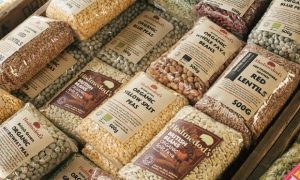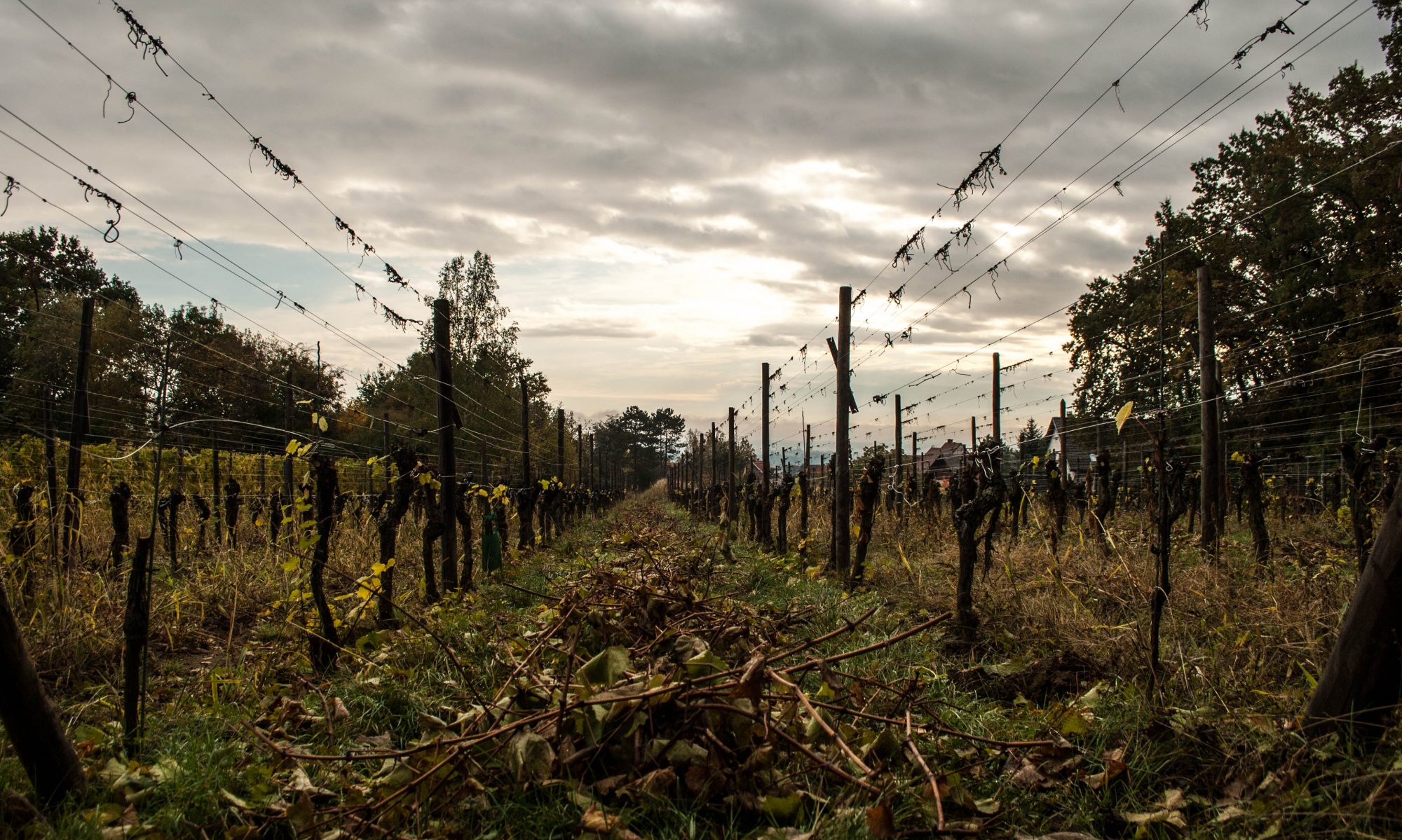
A few interesting and fun statements by Jenny Chandler:
“My father gave me this lecture about being sensible, not getting drunk at parties and never eating red kidney beans, because back then there was this whole thing about the toxins you have to boil out of [raw] red kidney beans. As a student, I was terrified of them.”
“But what of another significant problem? Not one of price or convenience, but flatulence? Will pulses always be followed by an ill wind that inhibits their popularity?
Failing that, there are ingredients you can add, such as cumin or seaweed, that are thought to break down the oligosaccharides that cause those explosive after-effects. If you are keen to explore the world of pulses beyond baked beans, it’s worth bearing in mind. Your family and friends will be forever grateful.”
To read full article, please click here: https://www.theguardian.com/lifeandstyle/2018/apr/19/on-the-pulse-why-beans-peas-and-lentils-are-making-a-comeback

